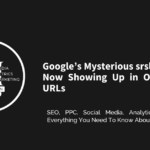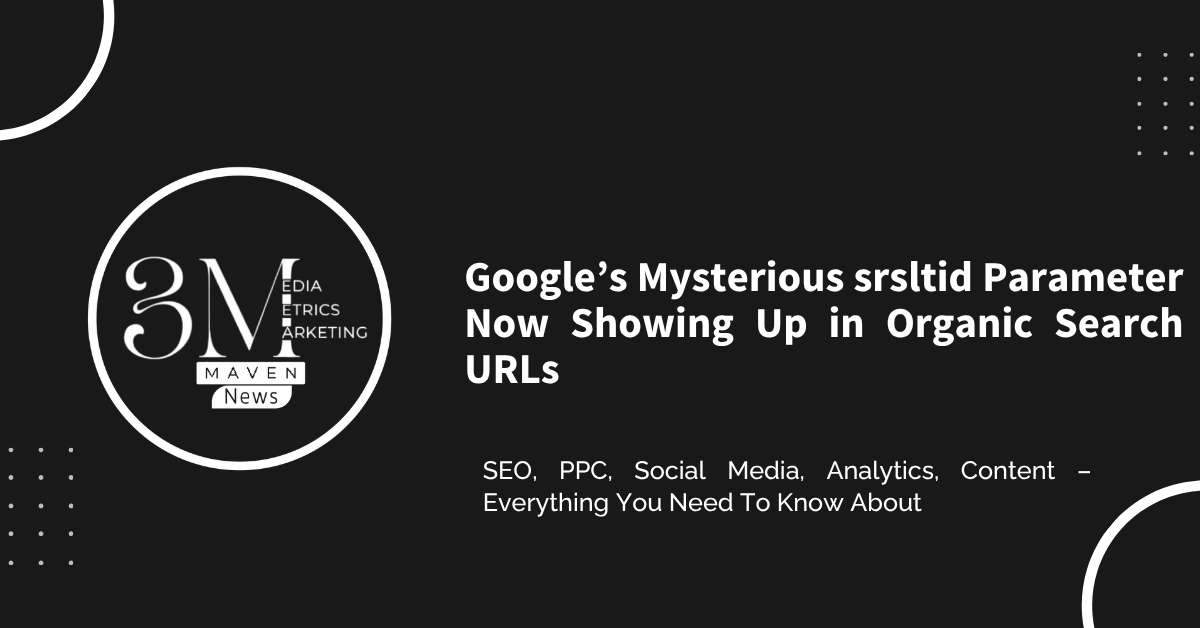Google has once again sparked curiosity and concern among SEO professionals with the appearance of a new tracking parameter: srsltid. This parameter is being appended to organic search result URLs, raising questions about its purpose and potential impact on analytics and tracking.
Initially believed to be exclusive to Google Maps and local search results, the srsltid token is now showing up across general web search results as well. The parameter appears as a long string of letters and numbers, attached to URLs when users click through from the search engine results page (SERP).
What Is srsltid?
While Google hasn’t officially confirmed the exact function of srsltid, experts speculate it may be used to track user interactions or improve search relevance by identifying how users engage with specific search results. Some believe it could help Google understand which results users click on most frequently, potentially influencing future algorithm updates or personalization efforts.
Why the Confusion?
The main concern for marketers and analysts is that these tokens can skew referral data in tools like Google Analytics. When srsltid is added to URLs, it doesn’t typically affect website functionality, but it can clutter campaign tracking and make it harder to interpret traffic sources accurately.
Unlike UTM parameters, which are commonly used for campaign tracking and can be filtered out using standard settings, srsltid is not a known marketing tag. That means many tools aren’t set up to ignore it by default, leading to duplicate or misleading session data.
Should You Be Worried?
For now, there’s no evidence that srsltid impacts SEO performance or site rankings. Google has previously used similar tokens, such as _ga for analytics or gclid for ad tracking, and those have had minimal effect on organic search traffic quality.
Still, it’s a good idea to update your analytics filters to handle unexpected URL parameters and ensure clean data collection. If you’re using tools that monitor referral traffic or crawl URLs, consider implementing rules to exclude unknown parameters automatically.
Final Thoughts
While the presence of srsltid in organic URLs may seem concerning at first glance, it’s likely another example of Google experimenting with ways to better understand user behavior. As always, staying informed and adapting your tracking strategies will help keep your data accurate and actionable.
If you’re seeing this parameter in your referral logs, don’t panic — just adjust your filters and continue monitoring your traffic as usual.










